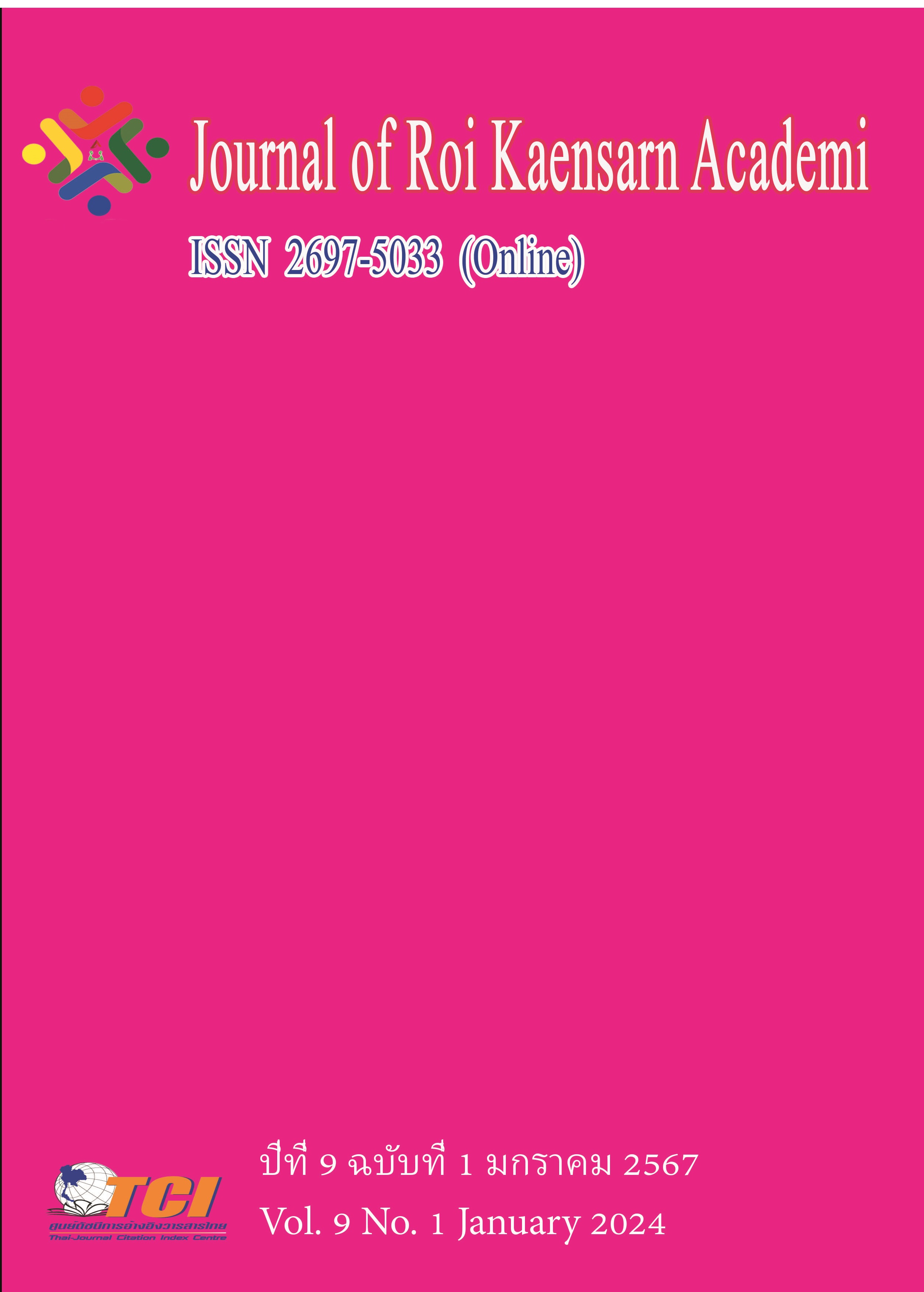The Management of Physical Education Activities by The Administrators of GaoTang No. 1 Secondary School
Main Article Content
บทคัดย่อ
The purposes of this research were to 1) study the level of opinions of students regarding physical education activities managed by the administrators of GaoTang No.1 Secondary School and 2) compare opinions based on students' personal information (gender, class level, Sports experience) The sample consisted of 252 high school students from random sampling using the G Power 3.0.10 package. The research tool was a 5-level estimation scale questionnaire with an overall confidence value of 0.96. Easy: Analyze data with descriptive statistics including mean and standard deviation. And test the research hypothesis using the t-Test Independent test statistic and the One-Way ANOVA test statistic. When it is found to be statistically significant (p < .05), pairwise comparisons will be performed using Scheffe' test.
The research results found that 1) Students' opinions on Management of physical education activities by the administrators of GaoTang No.1 Secondary School are at the Agree level. When considering each aspect, it is found that Management of school sports activities has the highest value, being at the Agree level. Gender and grade level were not different. But the sports experience is different.2) when considering comparisons by gender and grade level. No significant differences were found in opinions. Samples with different Sport experiences. When comparing the means in pairs, it was found that the samples with Sport experience 1-2 years old and 3 years had higher mean opinions than the samples with Sport experience 4 years old and 3) pairs. Of the variables with the highest correlation, the top 3 were: (1) physical education teaching activities of teachers Most closely linked to (3) school sports management. (Correlation coefficient: .506, p < .01)Followed by (2) the organization of sports activities within the school that is significantly related to (3) Organizing school sports activities (Correlation coefficient .496, p < .01) and (1) teachers' physical education teaching activities are related to (2) organizing sports activities within the school. (Correlation coefficient: .284, p < .01)
Article Details
เอกสารอ้างอิง
Best, J. W., & Kahn, J. V. (1993). Research in education (ed.). Needham Heights: AUyn and Bacon.
Bucher, C.A. (1975). Administration of School Health and Physical Education Programs including Athletics. ST. Louis: The C.V. Mosby Company.
Carroll. S.J, & Gillen, D.J.(1987). Are the classical management functions useful in describing managerial work? Academy of Management Review,12, 38.51.
Daughtrey, G., & Woods, J. B. (1976). Physical education and intramural programs: Organization and administration. (No Title).
Drucker, Peter F.(1973).The effective executive (Australia: Wadsworth, 2005), 35. 49Good, C. V., Dictionary of Education ( New York: McGraw- Hill Book Company, 1973), 193.
Dubrin, R. D., & Ireland, A. J. (1993). ’Management and Organization, 2nd edn.’. Cincinnati: College Division, South-Western Pub. Co.
Fayol, H. (1916). General principles of management. Classics of organization theory, 2 (15), 57-69.
Gagnon, A. G. (2016). Creating a positive social-emotional climate in your elementary physical education program. Strategies, 29 (3), 21-27.
Horine, L., & Stotlar, D. (2011). Administration of physical education and sport programs. Waveland Press.
Nahavandi, A., & Malekzadeh, A. R. (1988). Acculturation in mergers and acquisitions. Academy of management review, 13 (1), 79-90.
Taylor, F. W. (1911). The principles of scientific management. NuVision Publications, LLC.
Wainer, H., & Braun, H. I. (Eds.). (1988). Test validity. Lawrence Erlbaum Associates, Inc.
Yang Wenxuan, & Chen Qi. (2004). Principles of Physical Education. Higher Education Press.

